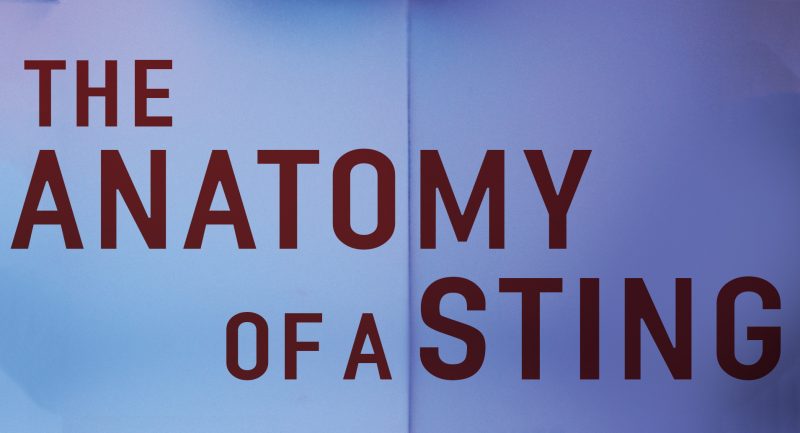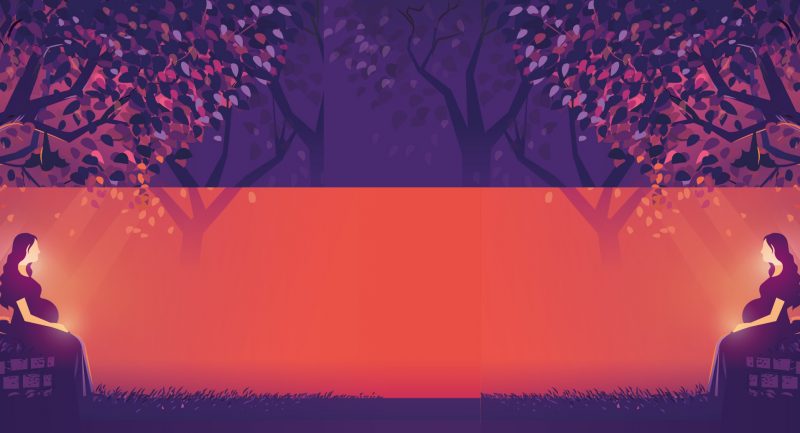
In Animal Intimacies, Radhika Govindrajan explores how the knots of connection produce a sense of relatedness between human and non-human animals. She uses the concept of relatedness to capture the myriad ways in which the potential and outcome of a life always and already unfolds in relation to that of another. To take these entanglements as constituting forms of relatedness is to acknowledge that one is not formed as a self in isolation but through the “doing and performing” of relations—both desirable and undesirable—with a host of other beings whose paths crisscross one’s own in ways that defy the integrity of bodies and communities.
Here are six similarities between humans and non-human animals –
Animals feel grief and anxiety like humans
“When Chanduli, Mamta’s cow, began to bellow when the Tempo that she was in drove away, I believe she had a premonition that her life was about to change; her frantic cries were an unmistakable expression of anxiety and possibly even grief. She might not have known that this separation would be permanent, but she certainly did seem to recognize that the intimacy of her everyday relationship with Mamta was about to be disrupted. This was animal instinct .”
∼
Animals value proximity to humans
“When leopards move into human dominated areas, they do so with the expectation, perhaps even the knowledge drawn from past experience and from others of their kind, that they will thrive in these zones of multispecies copresence. They recognize that they flourish in proximity to humans, not at a distance from them.”
∼
In a world of multiple and sometimes conflicting entanglements, new connections must sometimes be fertilized by the breakdown of old; this fact of human kinship rings true for multispecies relatedness as well.
“Surely a dog being eaten by a leopard had little in common with a woman leaving behind her family of birth as she journeys to her sasural (marital home). At the time, I thought that this was just a flippant comment, offered as appeasement for a broken heart. But in the six years that have passed since I witnessed that conversation, I have come to think that there might have been more behind the comparison between the kin relationships that are frayed and raveled by marriage and the snapping of bonds between dogs and their families when the former are snatched away from their home by leopards.”
∼
Human folklore suggests shared pleasure between humans and bears
“Women and bears are thus related to one another by their shared desire for pleasure. These are, I have argued, queer stories that hold out the potential for an as yet unrealized world saturated with pleasure and desire. Telling these stories, in itself, is an act of pleasure; imagining oneself into the place of the woman who had sex with the bear in his cave illuminates a horizon of possibility that both exceeds and expands the limits of an everyday lived world.”
∼
Like humans, animals also have a desire have a desire to be free and run wild.
“If pigs wanted to go wild, they would. Wildness was an excess that spilled over human attempts to tame and master it. However, recognition of the limits of their control did not prevent humans from making an attempt to establish tentative relationships of trust and even friendship. Prema had no illusions that she could change her pig’s ways by force or by persuasion. Her offer of a potato might be read as a bribe, something to induce the pig to return home when he grew weary of life in the forest. But perhaps it is better to think of the potato as Prema intended it, as an offer to maintain a difficult and fragile relationship (rishta) that recognized and even respected the exigencies of difference.”
∼
Animals can feel and reciprocate affection
“But this one doesn’t seem to have a mother. She usually sits alone, and all the others bite her. She started following me from the first day itself. I tried to hit her a few times, but she still wouldn’t leave me alone. I felt pity (daya) for her. She might have come with the rest of them but she’s not like them. She doesn’t steal like them. That’s why I give her something every now and then.”
In the book, Animal Intimacies, Radhika Govindrajan illustrates that multispecies relatedness relies on both difference and ineffable affinity between animals.









